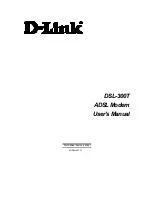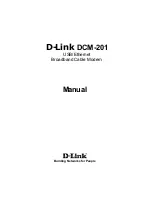
WI-MOD-E-100 & WI-MOD-E-300 Wireless Ethernet
User Manual
WI-MOD-E Manual v1.10
Page
14
2.2.2 Directional antennas.
Directional antennas can be;
a Yagi antenna with a main beam and orthogonal elements, or
a directional radome, which is cylindrical in shape, or
a parabolic antenna.
A directional antenna provides high gain in the forward direction, but
lower gain in other directions. This may be used to compensate for coaxial
cable loss for installations with marginal radio path.
Yagi antennas should be installed with the main beam horizontal, pointing
in the forward direction. If the Yagi is transmitting to a vertically mounted
omni-directional antenna, then the Yagi elements should be vertical. If the
Yagi is transmitting to another Yagi, then the elements at each end of the
wireless link need to in the same plane (horizontal or vertical).
Directional radomes should be installed with the central beam horizontal
and must be pointed exactly in the direction of transmission to benefit
from the gain of the antenna. Parabolic antennas should be mounted as per
the manufacturer’s instructions, with the parabolic grid at the “back” and
the radiating element pointing in the direction of the transmission.
Ensure that the antenna mounting bracket is well connected to
“ground/earth”.
30 cm minimum
COLINEAR
ANTENNA
MAST
EARTH STAKE
IF GROUND
CONDITIONS ARE
POOR, INSTALL
MORE THAN ONE
STAKE
INSTALL AERIAL ABOVE
LOCAL OBSTRUCTIONS
TX/RX
WI-MOD
-
E
SURGE
ARRESTOR
(OPTIONAL)
COAXIAL CABLE
WEATHE
RPROOF
CONNECTORS WITH
“3M 23” TAPE
STRESS RELIEF
LOOP
PROVIDE GOOD
GROUND
CONNECTION TO
MAST, MODULE
AND SURGE
ARRESTOR
GND















































